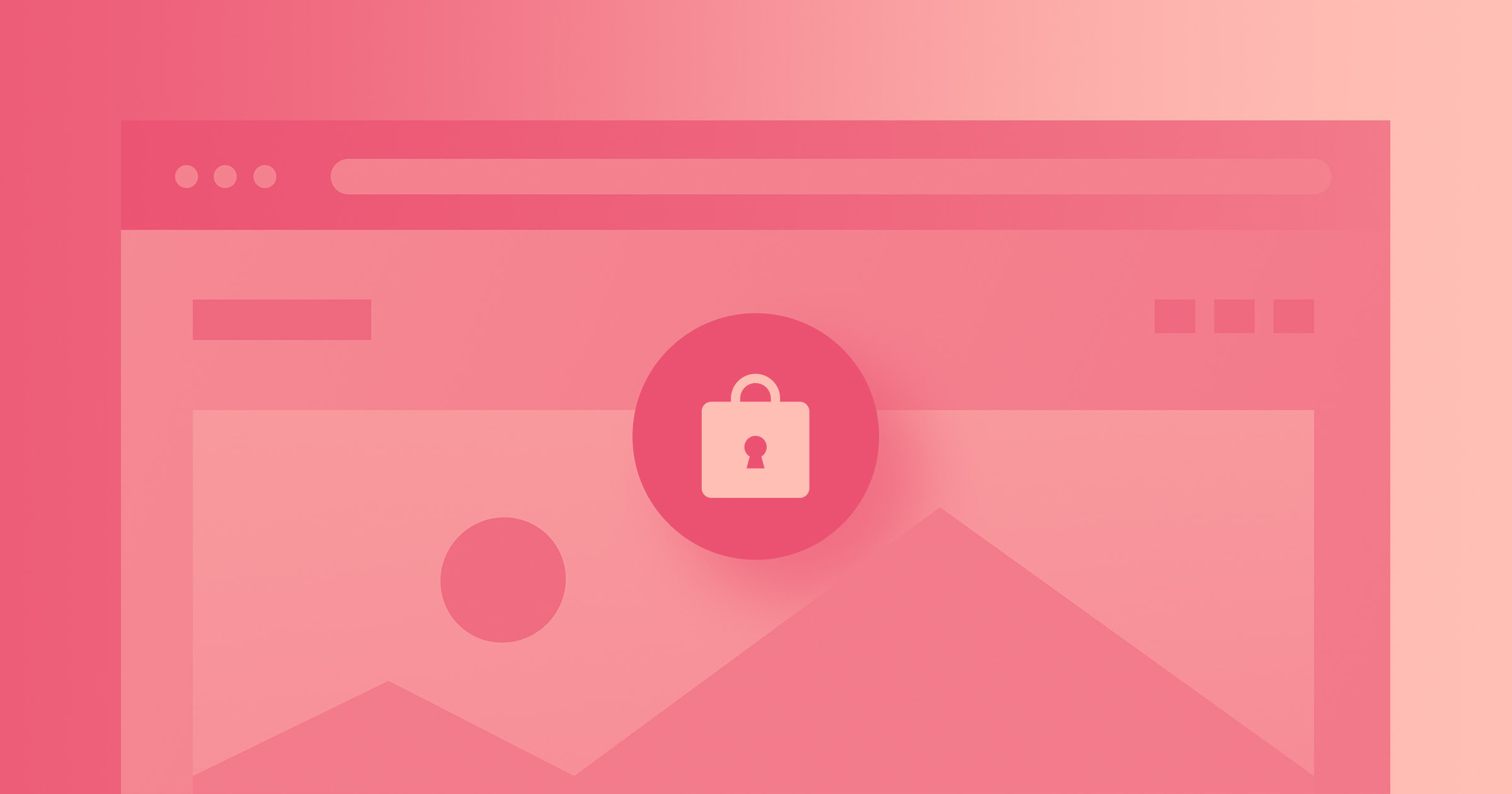Security is not just a checkbox; it’s a fundamental pillar of your app's success.
As Webflow App developers, you play a crucial role in safeguarding user data and privacy. By prioritizing security at every stage of your app’s lifecycle, you can protect user data and foster trust with your users.
In this post, we’ll explore essential security best practices that a Webflow App developer may consider implementing. These practices aim to help you create safe and trustworthy Webflow Apps that stand out in a competitive environment while safeguarding your users and their data. This post is not an exhaustive list of security practices. Developers are responsible for ensuring the security of their apps and compliance with all applicable laws.
Secure your connections with HTTPS
Webflow requires HTTPS for secure communication between your app and its users. For local development, consider leveraging tools like ngrok, Cloudflare Tunnel, or VS Code Tunnels to create secure tunnels from your local environment, ensuring all traffic is encrypted during testing.
Safeguard sensitive data
Protecting sensitive data is critical to maintaining user trust and aligning with industry standards. By employing encryption and secure storage practices, you can effectively mitigate the risks of data breaches and unauthorized access.
- Encrypt sensitive data
It is important to encrypt sensitive data at the application level, including access tokens, personal identifiable information (PII), payment details, and user credentials. Using strong encryption algorithms, such as AES-256 encryption can help ensure that even if data is compromised, it remains unreadable and unusable without the appropriate decryption keys. This helps protect against data breaches and helps maintain compliance with regulation like GDPR and CCPA.
- Do not store credentials client-side
Storing credentials, such as API keys or access tokens, in client-side code (e.g. within a Designer Extension) can expose your app to significant risks, as client-side breaches can lead to unauthorized access. Instead, consider securely storing these credentials on the server side and accessing them through secure APIs, using environment variables to keep sensitive data out of your codebase.
- Authenticate backend traffic
Authenticating and validating traffic to your backend is crucial. Be cautious with client-supplied parameters, such as siteId without proper verification, as these can be manipulated by malicious users. Implementing robust authentication methods, such as OAuth 2.0 or JSON Web Tokens (JWT) can help ensure that only authorized requests are processed, reducing the risk of unauthorized access. For more details, explore our documentation on verifying request signatures, and our guide on authenticating Hybrid Apps with JWTs.
Limit permissions to the essentials
When requesting Webflow API scopes, applying the Principle of Least Privilege is advisable. Only ask for permissions that are essential for your app’s functionality. For example, if your app only needs to read data, don’t request write permissions. This minimizes exposure in the event of a breach, limiting access to user data.
Restrict Cross-Origin Resource Sharing (CORS)
Configure CORS to only allow trusted origins to interact with your app. This means only domains you control should be allowed to access your API. By limiting CORS, you prevent unauthorized domains from making requests, reducing the risk of data leaks and attacks.
Automate vulnerability detection
Integrating static analysis tools into your CI/CD pipeline to automatically scan your code for vulnerabilities before it goes live can be beneficial. These tools can identify security weaknesses in your code, such as SQL injections or improper error handling. Catching these issues early can save you from a headache down the line—like finding a bug after your app is in production. Consider exploring the static analysis tools listed in the OWASP Source Code Analysis Tools Guide to help you detect potential security issues early in the development process.
Fortify your app with security headers
Security headers can serve as a first line of defense against common attacks like cross-site scripting (XSS) and clickjacking. By configuring HTTP response headers, you can enhance your App’s security posture and reduce vulnerabilities to known browser attacks. For instance, using the Content-Security-Policy header helps control which resources can be loaded and executed. For more details, consider exploring resources such as the OWASP Secure Headers project.
Start building secure Webflow Apps today
Implementing these security practices can help you build a secure Webflow App that users can trust. By taking proactive steps to protect sensitive data and ensure secure communication, you can safeguard your App against common vulnerabilities and foster user confidence in your product. To learn more about creating and setting up a Webflow App, explore this guide in our developer docs.
















































